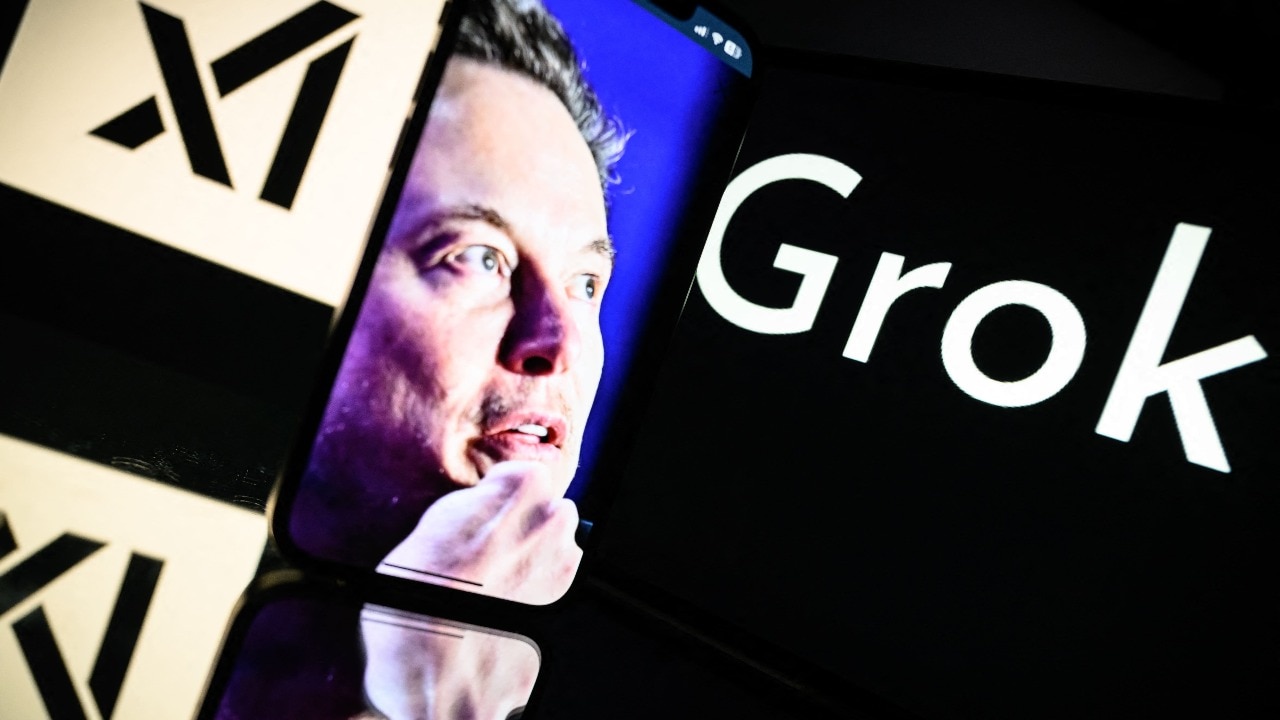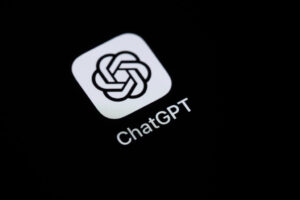Elon Musk’s Grok Introduces New Memory Feature to Retain Past Conversations Following ChatGPT

Grok Enhances AI Memory with Personalized Features
Recently, the AI landscape witnessed significant advancements, particularly with updates from Grok, an artificial intelligence model developed by xAI, which is owned by Elon Musk. Grok has now introduced a memory enhancement that allows the model to remember past interactions and provide more personalized responses, similar to existing features in other AI platforms, such as OpenAI’s ChatGPT.
What’s New with Grok’s Memory Feature?
The key highlight of Grok’s upgrade is its newfound ability to remember previous conversations. This functionality enables Grok to tailor its responses based on user preferences, which it learns through consistent interactions. Whenever a user requests product or content recommendations, Grok can now deliver suggestions that align more closely with the user’s unique tastes and interests.
While this feature may seem groundbreaking, it is a growing trend in the AI field. For instance, OpenAI’s ChatGPT has had a similar memory function for some time. This service has recently been upgraded to allow users to reference their full chat history, enriching the user experience further. Additionally, Google’s Gemini is also adopting a persistent memory system to improve the personalization of its replies.
Transparency and Control Over Memory
One of the standout aspects of Grok’s memory feature is its transparency. In a post from the Grok account on X, it was mentioned, “Memories are transparent,” indicating that users can review what Grok knows and choose to forget specific memories if they prefer.
Key Controls Available to Users:
- Disabling the Memory Feature: Users can opt to disable the memory option entirely through the Data Controls section in the settings menu.
- Individual Memory Management: Users can click an icon beneath each memory in the Grok chat interface to remove specific memories.
- Beta Availability: Currently, this memory feature is available in beta for users accessing Grok.com and its apps on iOS and Android, although users from the EU and UK currently do not have access.
Comparison: Grok vs. ChatGPT
Both Grok and ChatGPT have introduced memory features aimed at enhancing personalization.
Understanding How Each Works:
Grok’s Memory System: Through its interactions, Grok can construct responses that feel tailored. The model learns as it continues to communicate with users, refining how it responds over time.
- ChatGPT’s Approach: OpenAI similarly explained that their memory feature allows for more meaningful conversations. ChatGPT utilizes previous chats to deliver responses that feel relevant, ensuring that new discussions build on earlier knowledge.
Privacy Concerns Addressed:
Privacy remains an essential concern with AI systems that utilize memory. Both companies have provided mechanisms for user control over memory settings.
Grok: Users can opt out of memory use and have complete control over what Grok retains.
- ChatGPT: OpenAI affirms that users can manage their memory settings, with options to disconnect from past chats or modify what the AI retains about them.
Conclusion
The memory enhancements in AI platforms like Grok and ChatGPT signify a shift toward creating more interactive and personalized user experiences. As these technologies evolve, maintaining privacy and user control will be crucial in fostering trust and engagement among users. With continued developments in AI memory capabilities, we can expect even more sophisticated interactions in the future.



